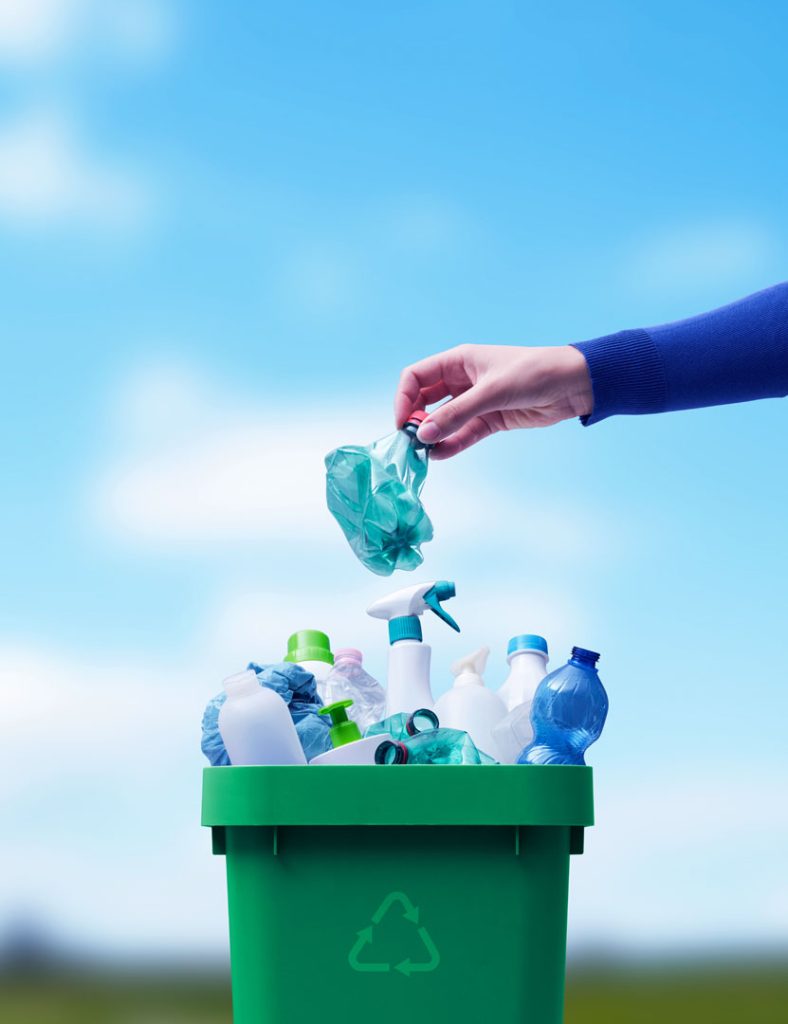Gillian Garside-Wight examines why ambiguous labelling is fuelling global ‘wishcycling’ – with UK consumers topping the list of offenders
Confusing labelling is cited again and again when businesses and governments discuss how much of the packaging for food, drink and other FMCG products does (and doesn’t) get recycled. And when the labelling doesn’t work, it causes all manner of issues.
Highlighting this point, Aura recently carried out research among 2,000 consumers across North America, Europe and the UK into some of the challenges around sustainability in packaging. It found that UK consumers are the worst offenders globally when it comes to ‘wishcycling’ – disposing of a piece of packaging in a recycling bin when they weren’t completely sure it was recyclable.
Three-quarters (73 percent) of UK adults admit to having done this at least once, compared to 61 percent in the US, 69 percent in Canada, 68 percent in France and Germany, 66 percent in Spain and only 51 percent in Italy. However, even regions with lower percentages show that this practice is worryingly commonplace.
People may be putting their empty containers and bottles into their recycling bin with the best intentions, but all too often they simply end up contaminating the recycling stream and reducing the quality and value of the post-consumer recyclate (PCR).

What is – and isn’t – recyclable?
The study demonstrated the continuing confusion over what is recyclable and what isn’t, thanks to packaging that is ambiguous and lacks disposal/end-of-life labelling on the pack. It found that more than eight out of ten consumers (83 percent globally, again rising to 88 percent in the UK) think businesses should be doing more to instruct people on how to properly recycle packaging.
UK consumers were also asked which product categories do a good job of showing whether their packaging is recyclable or not. The top five were:
- Soft drinks (chosen by 52 percent of shoppers)
- Toiletries (40 percent)
- Household products (37 percent)
- E-commerce (e.g. Amazon boxes) (30 percent)
- Fresh food (29 percent)
They were also asked which categories use the most excessive or unsustainable packaging – and the five worst culprits were:
- Takeaway food (chosen by 19 percent)
- Beauty/cosmetics (16 percent)
- E-commerce providers (15.5 percent)
- Toys & games (15 percent)
- White goods (14 percent)
Soft drinks brands include some of the world leaders in sustainability and recycling, so it’s no surprise to see them lauded for labelling that shows which of their products are recyclable.
However, there are clearly businesses that could and should be doing far more to reduce and improve the packaging they use, or in some cases to communicate what they’ve already done. For example, there have been vast improvements in the packaging used by many e-commerce and toy brands in recent years, but consumers simply aren’t always seeing or hearing about it.
What can brands and retailers do?
If companies have access to the right data on their packaging, including all the substrates, laminates, coatings, additives, adhesives and attached components, they can manage and communicate far more effectively and accurately, and reduce wishcycling.
And yes, there are always other ways to improve. Food contamination from takeaways will prevent many people from recycling, so use less packaging upfront. Bathroom products like health and beauty are notorious for seeing far lower recycling rates than kitchen products, so educate consumers to do more.
This research goes to show that the onus is on everyone, including brands and retailers, to educate consumers. This should be through consistent and recognisable end-of-life labelling schemes, such as OPRL in the UK. This ensures a consistent message, removing ambiguity and instructing on the correct disposal method in each market.
Gillian Garside-Wight is the Director of Consulting at Aura






